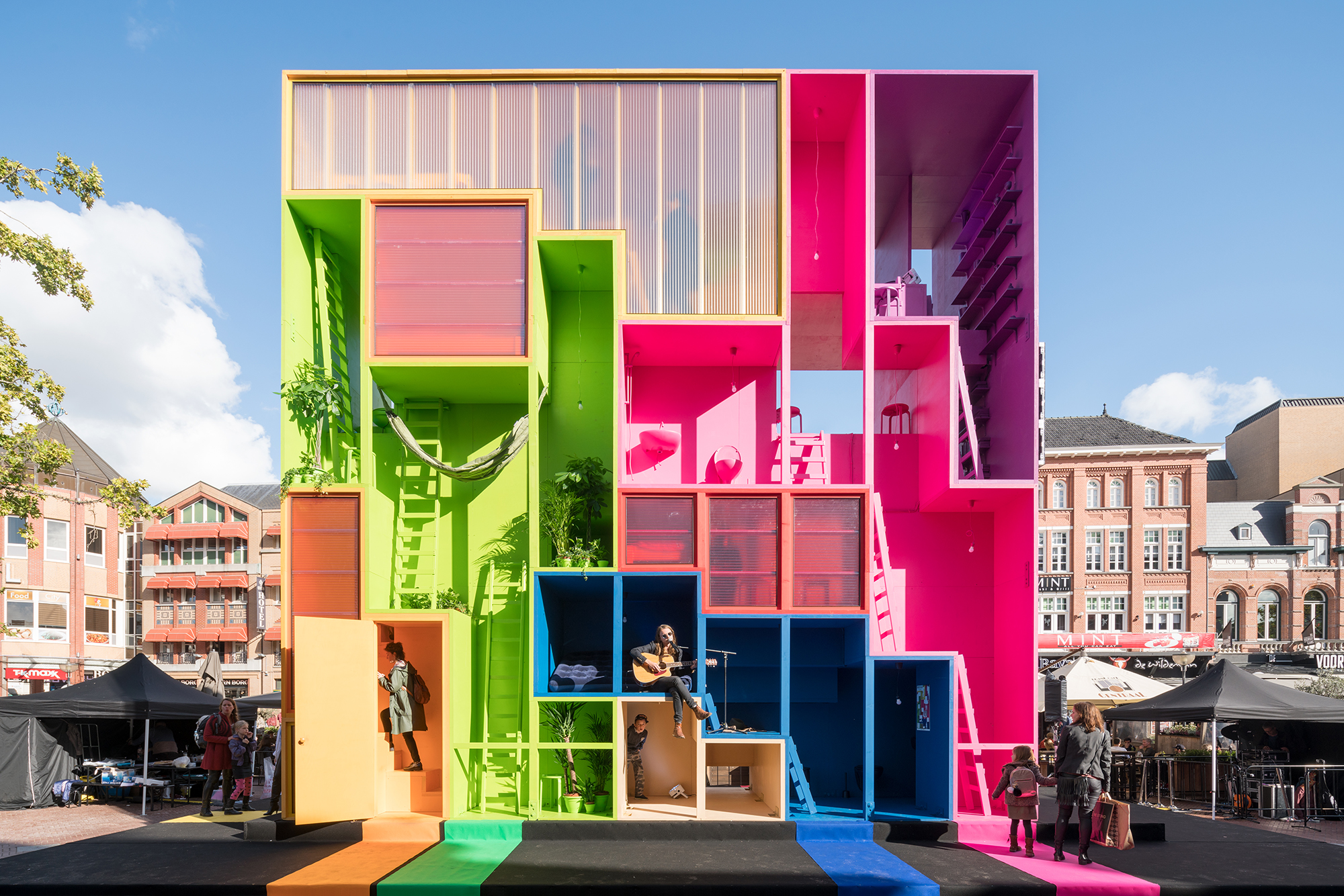Downloads
DOI:
https://doi.org/10.7480/spool.2018.2.2097Abstract
Egocity and Wegocity are based on the hypothesis of maximum density achievement and maximum desire fulfilment when designing collective housing. This intensity, when applied to housing, can optimise land use, help combat inequality, and counteract the centrifugal force condemning contemporary urban development to urban sprawl. We asked students to tackle the challenge of converting density into desire by accommodating the users’ needs, yet following a restricted urban envelope that keeps energy consumption and carbon footprint under control. Students developed an innovative game capable of facilitating and visualising a typological puzzle resulting when different clients, cultures, and desires come to live together. Users began to work with and around each other and, somehow, together create something that is even nicer.
How to Cite
Published
License
Copyright (c) 2020 SPOOL

This work is licensed under a Creative Commons Attribution 4.0 International License.




